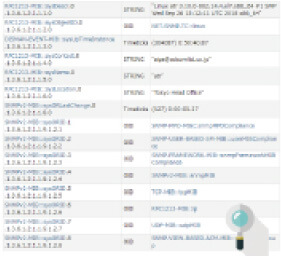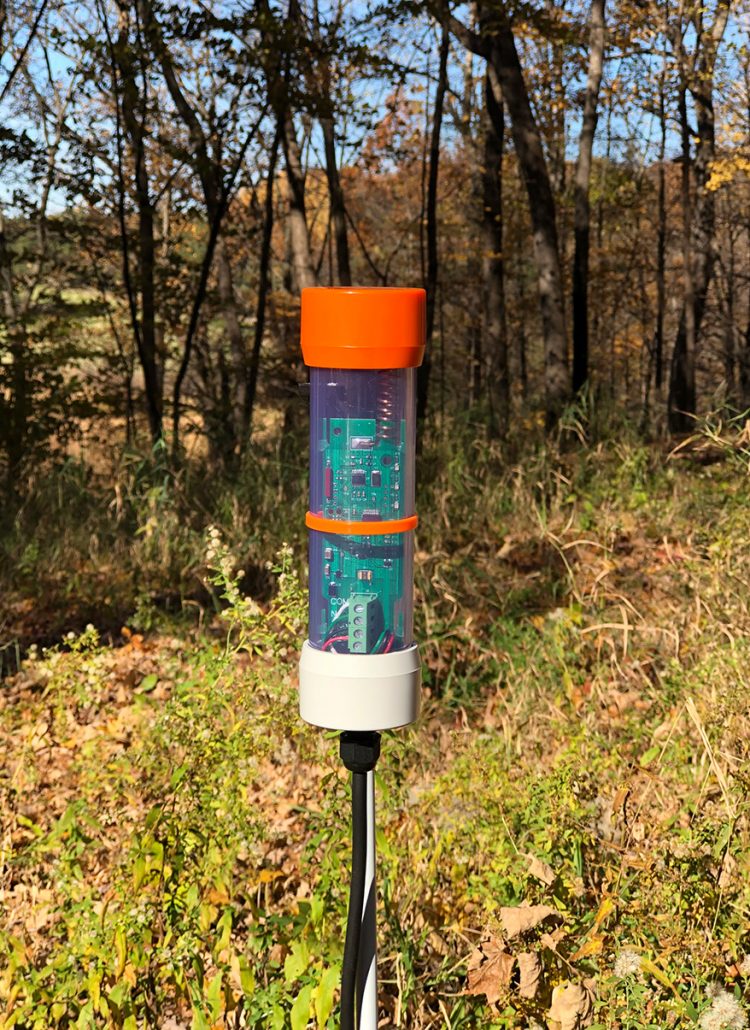

After you know the OID, you can determine the operational status - which can be a value of ok(1), unavailable(2) or nonoperational(3) - by adding a configuration like the following example to /etc/snmp/nf and adjusting the values: You can configure snmpd to monitor the operational status of either the Entity MIB or Entity-Sensor MIB by adding the monitor directive to the nf file. See the nf man page for details on the monitor directive. However, various commands can configure snmpd to send traps according to preconfigured settings ( load, file, proc, disk, or swap commands), or customized monitor directives. If the agent does not receive any requests, it does not start any actions. Monitor Fans, Power Supplies, Temperature and TransformersĪn SNMP agent ( snmpd) waits for incoming SNMP requests and responds to them. In the following example, spine01 is the client (IP address 192.168.200.21). Snmptrap, snmpget, snmpwalk and snmpd itself must be able to bind to this address.Įdit the /etc/snmp/nf file and add the clientaddr option. You specify the level of authentication and encryption for SNMPv3 trap and inform messages with -l ( NoauthNoPriv, authNoPriv, or authPriv). You must configure this trap server EngineID in the switch snmpd daemon sending the trap and inform messages. The SNMP trap receiving daemon must have usernames, authentication passwords, and encryption passwords created with its own EngineID. Restart the snmpd service to apply the changes. For example to use the localhost as the trap receiver:Įdit the /etc/snmp/nf file and configure the trap settings. The defaults are to use the well-known UDP packets and port 162. You can configure the address of the trap receiver with a different protocol and port but this is most often left out. You must configure a trap server to receive and decode these trap messages (for example, snmptrapd). Specifying more than one sink directive generates multiple copies of each notification (in the appropriate formats). To define the IP address of the notification (or trap) receiver for either SNMPv1 traps or SNMPv2 traps, use the trapsink (for SNMPv1) trap2sink (for SNMPv2c).
#Intermapper trap receiver manual
You can refer to the nf(5) manual page for more information.

Non-authorized traps/informs are dropped.įollow the steps in Configure SNMP to define the username. snmptrapd must be configured with authorized SNMPv1/v2c community strings and/or SNMPv3 users. Starting with Net-SNMP 5.3, snmptrapd no longer accepts all traps by default. Define Access CredentialsĪlthough the traps are sent to an SNMPv2c receiver, the SNMPv3 username is still required to authorize the DisMan service. To enable specific types of traps, create the following configurations in /etc/snmp/nf. Exceeding the temperature sensor threshold, CPU load, or memory threshold.The Net-SNMP agent provides a method to generate SNMP trap events using the Distributed Management (DisMan) Event MIB for various system events, including: Configure this same engine ID/username (with authentication and encryption passwords) for the trap daemon receiving the trap to validate the received trap. You can find this at the end of the /var/lib/snmp/nf file labeled oldEngineID. The inform keyword specifies an inform message where the SNMP agent waits for an acknowledgement. The engine ID and username pair for the Cumulus Linux switch sending the traps.
#Intermapper trap receiver password
The encryption type and password are optional. The trap destination IP address the VRF name is optional.You configure the following for SNMPv3 trap and inform messages: An SNMPv3 inform is an acknowledged SNMPv3 trap. These messages generate whenever any failure or fault occurs in a monitored device or service. SNMP traps are alert notification messages from SNMP agents to the SNMP manager. If you are redirected to the main page of the user guide, then this page may have been renamed please search for it there. The current version of the documentation is available If you are using the current version of Cumulus Linux, the content on this page may not be up to date. Resource Diagnostics Using cl-resource-query.

Simple Network Management Protocol - SNMP.Monitoring System Statistics and Network Traffic with sFlow.Monitoring Interfaces and Transceivers Using ethtool.Understanding the cl-support Output File.Network Switch Port LED and Status LED Guidelines.Bidirectional Forwarding Detection - BFD.Unequal Cost Multipath with BGP Link Bandwidth.Equal Cost Multipath Load Sharing - Hardware ECMP.Hybrid Cloud Connectivity with QinQ and VXLANs.Ethernet Virtual Private Network - EVPN.Virtual Router Redundancy - VRR and VRRP.Spanning Tree and Rapid Spanning Tree - STP.Authentication Authorization and Accounting.


 0 kommentar(er)
0 kommentar(er)
